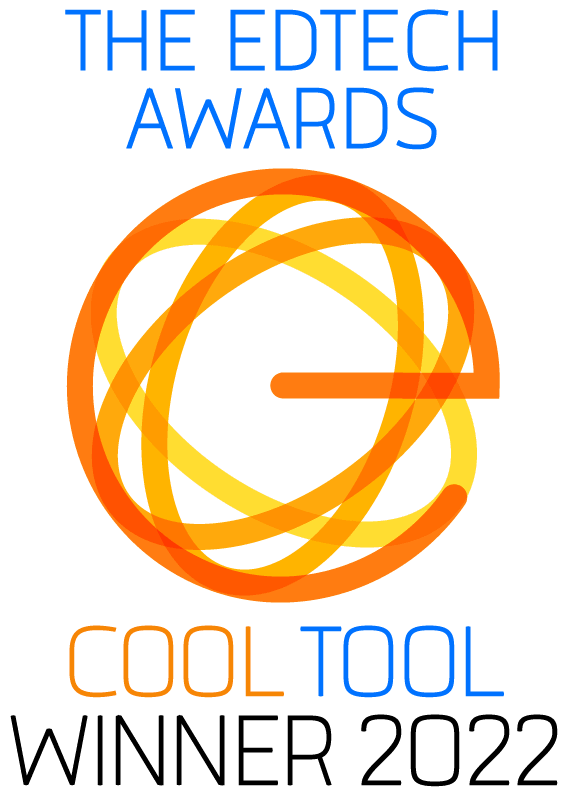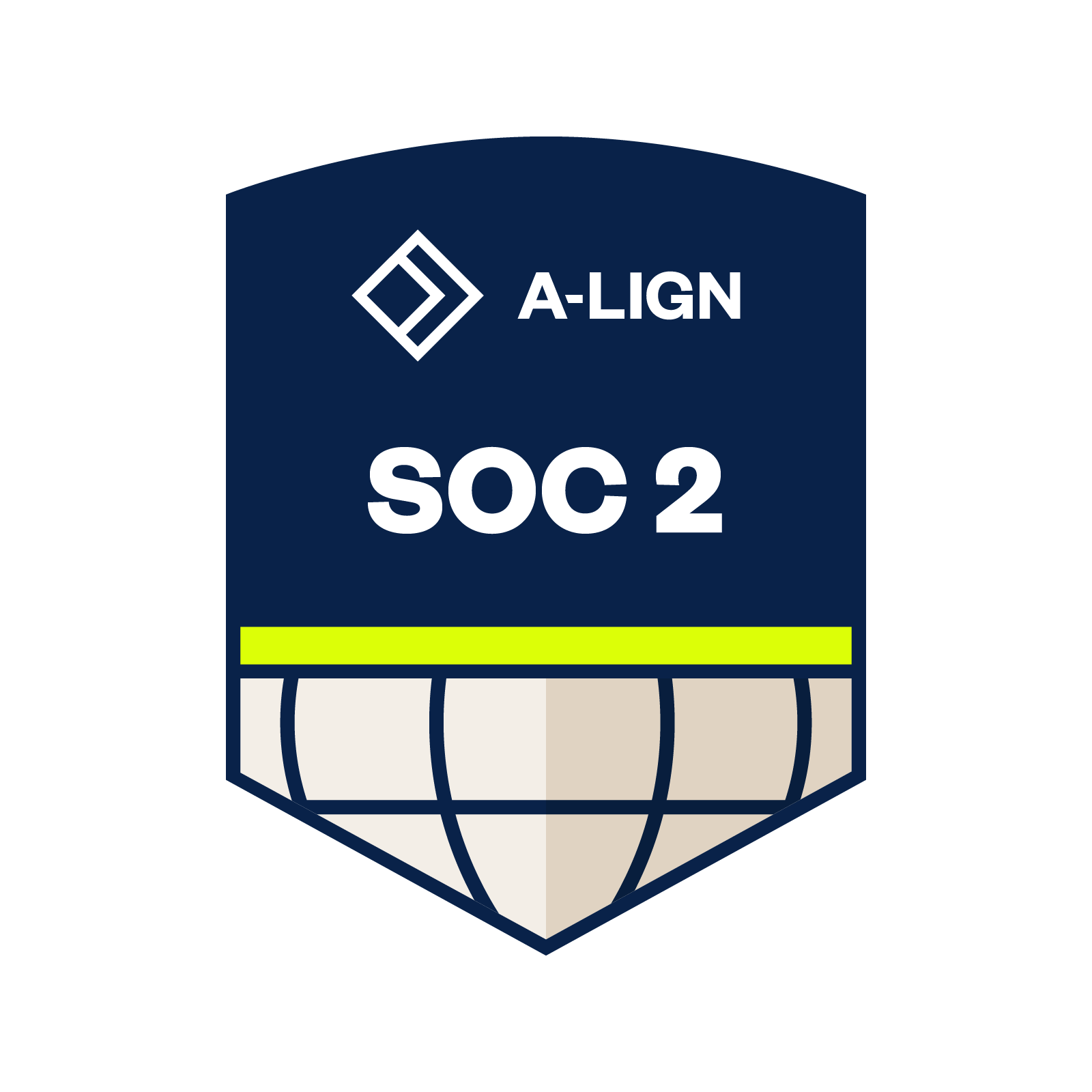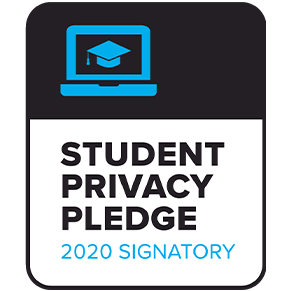Writing Across the Curriculum
Writing Across the Curriculum is a phrase that became established in the pedagogical lexicon during the 1980s. The idea is that students who write for various purposes in all their subjects, not just literature or creative writing, become better-educated people. Educators from elementary school through graduate schools and educational researchers have come to see this as an instructional best practice because writing helps students learn even as it helps teachers evaluate learning.
One of the DBQ Project’s Core Beliefs is “Thinking is Clarified by Writing.” This is not just a hunch on the part of experienced teachers; research backs it up. (Jacobs, Vicki (2002), Marzano (2010). Students write for a variety of learning purposes in all six steps of our DBQ Project Method.
The Hook Exercise: Students write answers to open-ended questions alone or with a partner or small group.
The Background Essay: Students review the information in the background essay by writing answers to questions the DBQ Project provides or by using one of the reading strategies we recommend.
Clarification of the Question and Pre-Bucketing: Students rewrite the analytical question and predict, in writing, what the basic answer will be.
Document Analysis: Students write answers to questions in the enhanced or scaffolded version of the DBQ or they list facts and inferences on a structured document analysis sheet. In both cases, students write how the document they are considering might answer the analytical question they are trying to answer.
Bucketing: Students categorize and classify documents thematically and then write the document letter and the key facts from each document in the appropriate category.
Writing: Students write an outline using either our guided essay or our standard one to identify the evidence and argument they plan to use in writing their essays. They also develop their thesis statement and each baby thesis or thematic topic sentence that will begin each paragraph. The project culminates with writing a full five paragraph essay.
Research proves that learning to think and write well requires students to interpret and weigh factual evidence. We make our questions engaging so students will take an interest in the subject, challenge their peers’ interpretations of questions, and ultimately write with more understanding and commitment.
For more information on how writing influences thinking, see the Writing for Understanding section of our Best Practices Wheel.
Back to Best Practice Alignment


